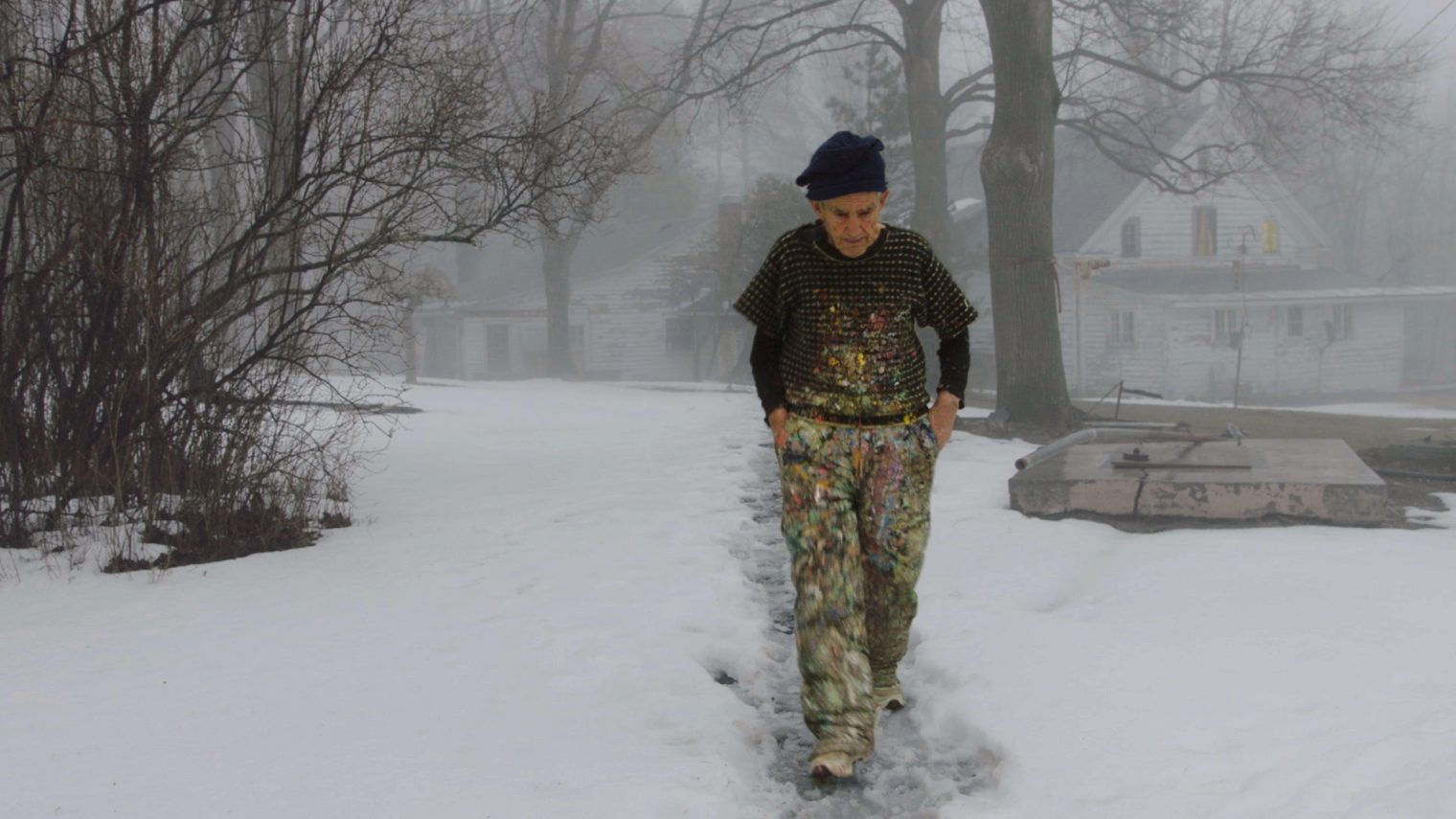
Dir.: Nathaniel Kahn; Documentary with Amy Cappellazzo, Stefan Edlis; Jeff Koons, Larry Poons, Gerhard Richter, Jerry Saltz; USA 2018, 98′
Does the global art market benefit the many, or just the very few? It’s an valid question and one that Nathaniel Kahn explores in his entertaining examination of those who have the funds to buy any artistic creation they fancy. Only to lock it away in their private collections while it makes more and more money. The work is question is of no benefit to the general public, because the inflationary prices have made it almost impossible even for the most elite museums to buy and display these works.
The story started on 18th October 1973, when the private collector and NY taxi-fleet owner Robert Scull sold about 50 of his paintings at Sotheby Park-Bernet Gallery. Among them was Jasper John’s ‘Target’, which went for a (then) amazing 135 000 US Dollars. It is now worth a cool hundred million Dollars, after being bought by the private collector Stefan Edlis for ten million in 1997. The Scull auction captured the imagination of the banks. who had never previously considered modern Art as an investment. Prices were driven up – artificially or not – and today’s inflationary sums are paid, ten times higher than they were at the beginning of the millennium. Obviously, the people who profit defend the system. Especially auctioneers such as Sotheby’s: “Great art, almost by nature, needs to be greatly valued” (ie. expensive), “because that’s the culture’s way of protecting it.”
But what about the painters? There are certain superstars like Jeff Koons who are ‘untouchable’ – even though one of Hirst’s private collectors has recently seen his artwork go down in price. In today’s market it’s not worth the five million Dollars he paid for it originally. Koons, looking like a playboy gone to seed, is seen working in his atelier, around hundred painters taking orders from the master (no, it does not look like Warhol’s Factory at all), whilst the Koons explains that he could only finish one painting a month without his ‘little helpers’. One should mention that Jeff Koons was once a Wall Street trader, which chimes in with Kahn’s reference to The Wolf of Wall Street.
The director then turns his attention to artist Larry Poons who is at the other end of the scale. Now in his eighties, but still very feisty, Poons “fell off the grid” after his success in the 1960s, with his minimalist dot paintings. After he changed his style, moving on to large scale expressionism, his emotional paintings rapidly feel from grace and he became a ‘non-entity’. But, as fate would have it, his work is now popular again – “I wouldn’t be alive, if I had gotten rich”. Seeing him on his vintage motor bike, enjoying himself, you can believe every word. The Cologne based artist Gerhard Richter is now the best-selling artist in Europe. Whilst lecturing about the importance of museums, we see him at a major auction he professes to hate so much. And Amy Cappellazzo, Chairman of Global Fine Arts at Sotheby’s, calls her marketing strategy “hunting” – returning us to the Wolf of Wall Street theme.
Kahn never really comes down on one side or the other in his fascinating debate. But goes on to show how the future holds even more opportunities for the chosen few: An artwork “created” be AI just fetched $ 432000 – so superstars like Koons and Richter better be careful: AI will need much less maintenance – until they take over the whole human bamboozle. AS
OUT ON GENERAL RELEASE 16 NOVEMBER 2018 | ALSO SCREENING DURING THE UK JEWISH FILM FESTIVAL 2018